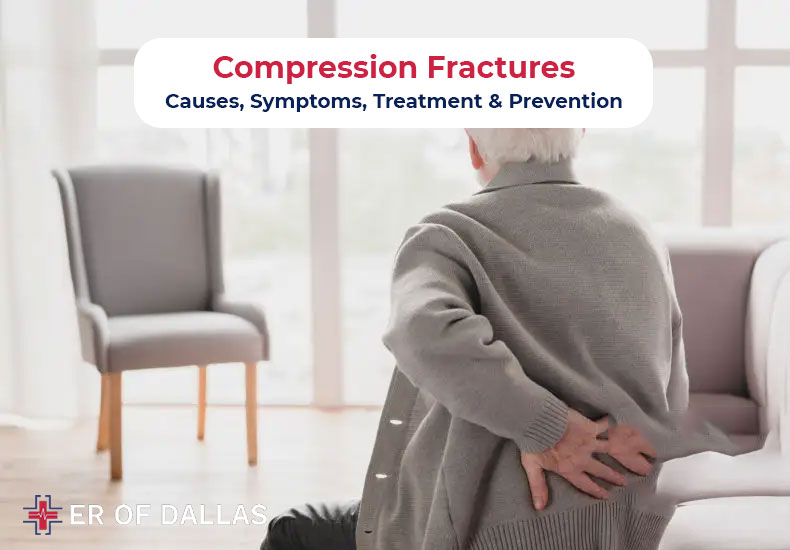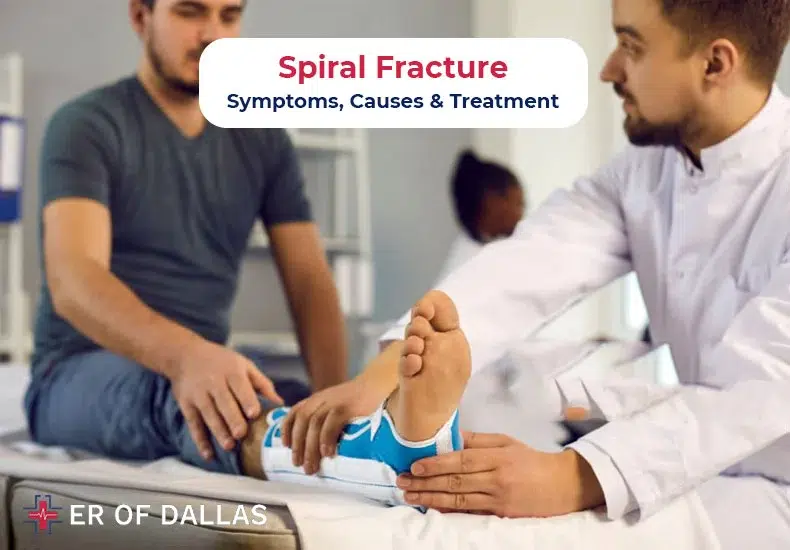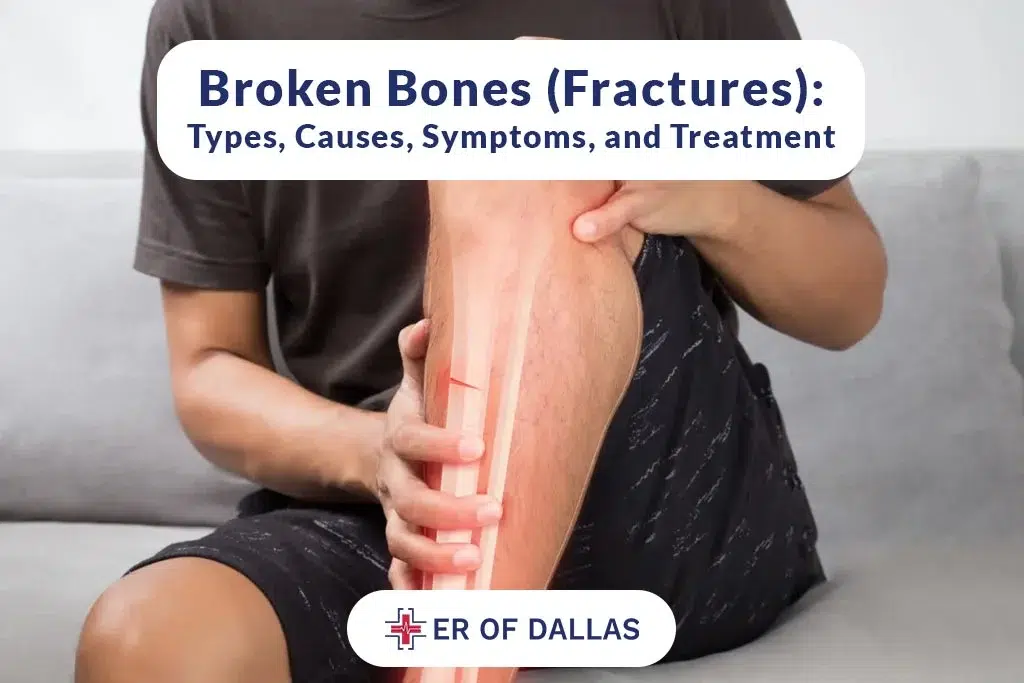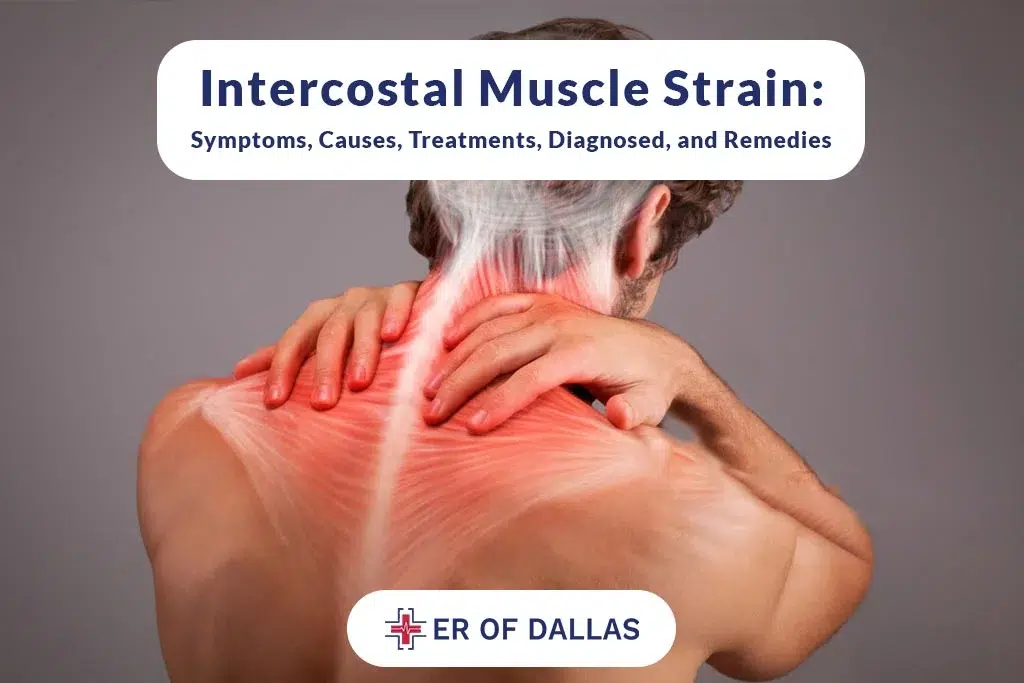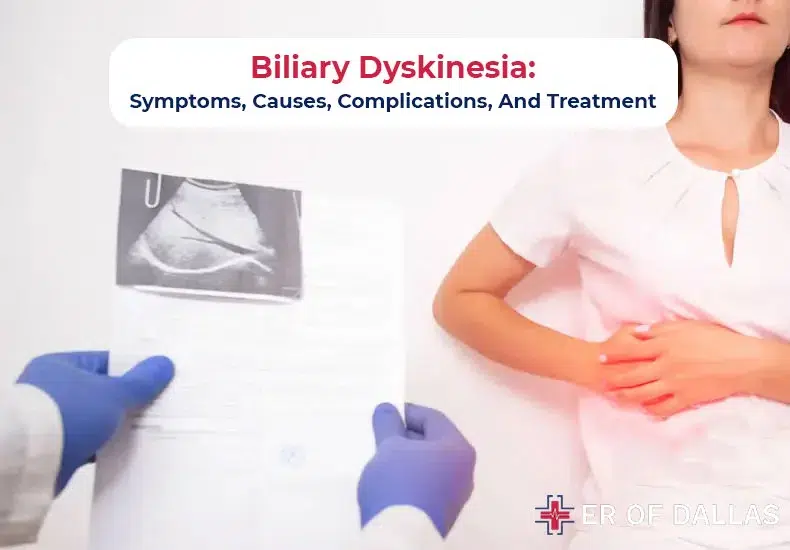CT scan
A CT or computed tomography scan is a type of medical imaging that creates cross-sectional images of the body using X-rays. Hence, combining these photographs combines the interior of the body in fine detail in three dimensions. CT Scans typically observe bone abnormalities, cancers, as well as other internal injuries or illnesses.
MRI
A magnetic field and radio waves are combined to create detailed images of the body’s internal components during an MRI or magnetic resonance imaging. It is a non-invasive medical imaging procedure. Moreover, MRI is a safe imaging technique because it doesn’t involve ionizing radiation, unlike CT scans. It helps scan soft tissue, including the brain, muscles, and organs, to identify abnormal tissue or disease in these regions.
Differences Between CT Scan and MRI
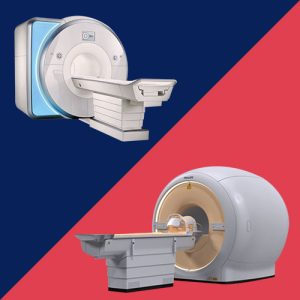
- Although CT scans and MRIs seem identical, these two have various differences. Here are the main difference between CT scans and MRIs.
- Medical imaging methods like CT scans and MRI is used to create precise images of the inside of the body.
- While MRI employs a magnetic field and radio waves to create detailed images of the body’s internal structures, CT scans use X-rays to create cross-sectional images of the body.
- The way both tests produce images is where the biggest distinction lies. MRI uses a mixture of a magnetic field and radio waves, whereas CT scans use X-rays.
- MRI is better at imaging soft tissue, such as the brain, muscles, and organs, whereas CT scans are often faster and better at detecting bone abnormalities.
- While MRI does not employ ionizing radiation, CT scans do, which can raise a person’s lifetime chance of developing cancer.
- Although CT scans expose the patient to a small amount of ionizing radiation, they are typically considered safe procedures. This is typically not a problem for a single scan, but repeated scans might mount up over time. On the other hand, MRI is thought to be very safe because it doesn’t use ionizing radiation.
- In conclusion, MRI is superior for imaging soft tissue and doesn’t require ionizing radiation, but CT scans are faster and better at detecting bone problems.
How should emergency rooms facilitate CT scans and MRI patients?
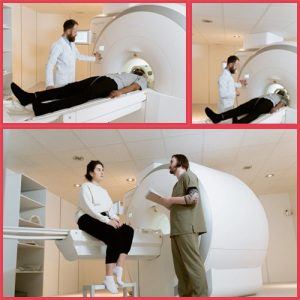 CT scans and MRI techniques are to detect wounds or infections swiftly and precisely. Emergency rooms should have procedures in place to ensure that patients are adequately screened, prepared, and transported for the imaging procedure to help these patients.
CT scans and MRI techniques are to detect wounds or infections swiftly and precisely. Emergency rooms should have procedures in place to ensure that patients are adequately screened, prepared, and transported for the imaging procedure to help these patients.
- Patient Evaluation
Patients should be examined for illnesses that preclude CT or MRI, such as pregnancy or specific metals in the body.
- Preparation
Patients should be prepared for the procedure, including fasting, dressing in a gown, and taking off any jewelry or other metal objects.
- Transportation
The staff should transport the patient to the CT or MRI suite in comfort and safety. This can entail using a stretcher or wheelchair and having a qualified medical expert present to help with the transport.
- Communication
The emergency department team and the radiologic technologist or radiologist performing the CT or MRI should always communicate clearly with one another. Any pertinent medical background information or symptoms that the patient may be experiencing should be shared with the radiologist.
- Follow-up
The patient should be taken back to the emergency room after the procedure, and the results should be given to the treating doctor as soon as is practical. Based on the CT or MRI results, the patient should be referred for additional testing or treatment if necessary.
- Safety
Protocols should ensure patients’ security during the CT or MRI procedure in the emergency room. This involves using lead shields to shelter the patient from radiation during the CT scan and having medical professionals help patients.
In conclusion, thorough patient screening and preparation, safe transport, clear communication, prompt follow-up, and ensuring the patient’s safety during the test should all be part of the efficient and effective management of CT scans and MRI patients in the emergency room. ER of Dallas offers state-of-the-art facilities for CT scans and MRIs. You can visit us for emergency treatments and a wide range of lab testing services.
FAQs
 Is it serious if you need a CT scan?
Is it serious if you need a CT scan?
A doctor may ask for a patient’s CT scan for various reasons. Sometimes, doctors suggest it if they suspect a tumor or blood clot in a patient’s body. Thus, in this case, it could be a serious matter. The main reason behind this test is to check bones, fractures, and joint problems.
What is a CT scan test for?
When a doctor asks for a CT scan, there could have various reasons behind it. Mostly this test detects any abnormalities in bones and joints. Besides this, the doctor also recommends this test if he suspects a tumor.
Does MRI hurt?
MRI stands for magnetic resonance imaging, and it’s a painless procedure. Depending upon the size of the area that has to be scanned and the number of images a doctor wants to take, it lasts from 15 to 90 minutes.
In which conditions is MRI recommended?
- Neurological diseases such as multiple sclerosis, strokes, and brain tumors.
- Disk herniations, ligament and tendon tears, and osteoarthritis are musculoskeletal ailments.
- Cardiovascular disorders include heart disease, blood vessel blockages, and heart defects.
- Cancer, including malignancies in the spine, brain, and other bodily regions.
- Disorders of the reproductive and urinary systems, including prostate cancer, fibroids, and pelvic inflammatory disease.
- Digestive and abdominal illnesses such as inflammatory bowel disease, appendicitis, and liver and kidney disease.



